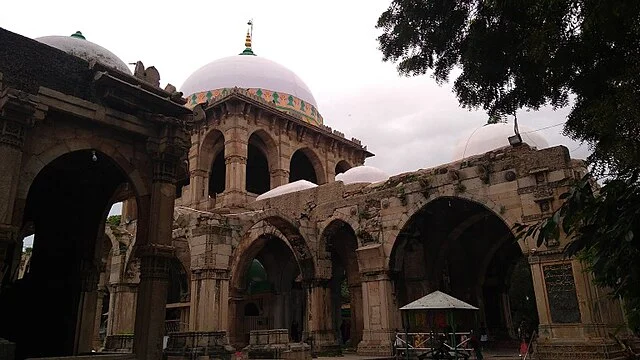Qutub-e-Alam’s Mosque is a historic mosque in the town of Vatva, located near Ahmedabad in Gujarat, India. It holds significant historical and religious importance due to its association with Qutub-e-Alam, a prominent Sufi saint from the 15th century AD. This mosque remains a popular pilgrimage site for followers of Sufism, particularly those belonging to the Chishti order, and attracts scholars and tourists interested in Indo-Islamic architecture.
Get your dose of History via Email
Historical Background
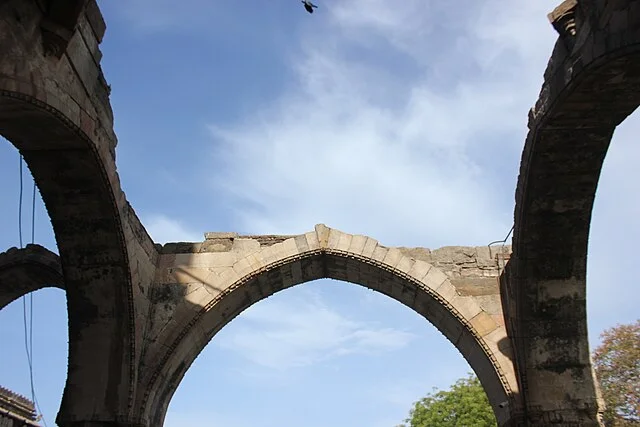
Qutub-e-Alam was a revered Sufi saint, also known as Hazrat Syed Burhanuddin Qutub-ul-Alam. Born in 1339 AD, he was the son of Hazrat Syed Makhdoom Jahaniyan Jahangasht, another esteemed saint from Multan. Qutub-e-Alam moved to Gujarat and spent his life spreading the message of Islam and Sufi teachings. His influence extended across Gujarat, where he gained many followers due to his teachings on peace, tolerance, and spiritual practice.
In honor of Qutub-e-Alam’s legacy, his followers built a mosque and mausoleum in Vatva after his death in 1452 AD. This site, also known as the Qutub-e-Alam dargah, includes both the mosque and his tomb. It has remained a site of religious devotion and historical interest, drawing pilgrims and visitors who pay homage to his contributions.
Architectural Features
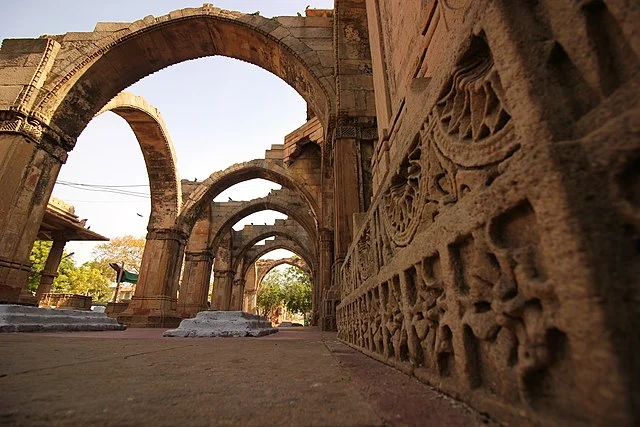
The architecture of Qutub-e-Alam’s Mosque reflects Indo-Islamic styles common in Gujarat during the late medieval period. Built with sandstone, the mosque has intricate carvings and decorative elements that exhibit the skill of local craftsmen and the fusion of Indian and Islamic architectural styles.
The mosque’s prayer hall is notable for its spacious design, with high arches and columns supporting the structure. These arches display intricate floral and geometric designs, often seen in the region’s Islamic architecture. The use of calligraphy along the walls further highlights the mosque’s Islamic roots. The mosque also features a distinctive central dome, flanked by two smaller domes on either side, a common design in Islamic architecture of that era.
Another significant architectural feature of Qutub-e-Alam’s Mosque is its mihrab, the prayer niche that indicates the direction of Mecca. The mihrab here is detailed with stone carvings and calligraphic inscriptions, enhancing the aesthetic and spiritual appeal of the mosque. Although weathered over time, these details still provide insight into the mosque’s original splendor.
The Mausoleum of Qutub-e-Alam
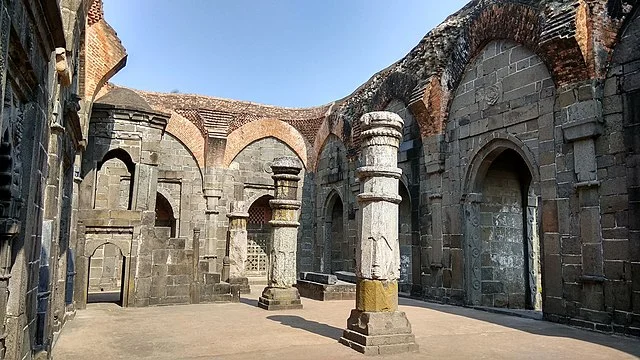
The mosque complex includes Qutub-e-Alam’s mausoleum, which is an integral part of the dargah. This mausoleum houses his tomb and serves as a place of veneration. The structure of the tomb is simple yet elegant, reflecting the humility and spiritual focus of the Sufi tradition.
The tomb chamber is square, with a small dome on top, a design typical of Sufi mausoleums in the region. Inside, the tomb is often draped with a ceremonial cloth, and followers place floral offerings as a mark of respect. The mausoleum has maintained its spiritual importance for centuries, drawing devotees who believe in Qutub-e-Alam’s power as an intercessor and spiritual guide.
Cultural Significance and Pilgrimage
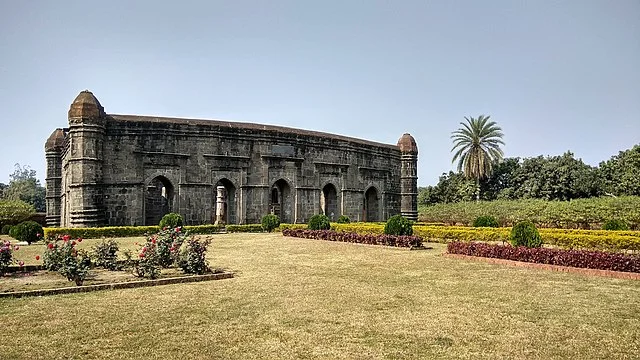
Qutub-e-Alam’s Mosque and mausoleum serve as a significant pilgrimage center in Gujarat. Every year, devotees gather for Urs, the annual commemoration of the saint’s death anniversary. This event is marked by prayers, recitations, and Sufi music performances, highlighting the cultural traditions associated with Sufi saints in India.
The dargah remains a symbol of Qutub-e-Alam’s influence on the region, especially among followers of the Chishti order. The cultural exchange that took place in Gujarat during the medieval period is evident in this site, showcasing a blend of Islamic and local traditions that still resonate today.
Preservation and Conservation Efforts
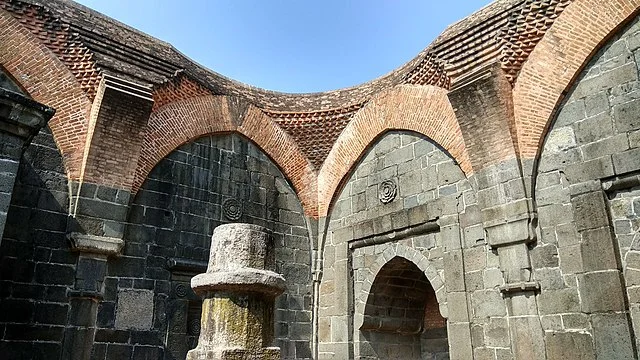
Due to its historical and cultural significance, Qutub-e-Alam’s Mosque has attracted conservation efforts over the years. Environmental factors, such as monsoon rains and humidity, have impacted the mosque’s sandstone structure. As a result, conservationists have focused on preserving its architectural features, such as carvings and inscriptions, to retain the site’s historical integrity.
Local and national heritage organizations recognize the mosque’s importance, both as a religious site and as a heritage structure. Efforts continue to maintain the mosque, aiming to preserve it for future generations while respecting its role as an active place of worship.
Conclusion
Qutub-e-Alam’s Mosque is more than a historic building; it represents centuries of cultural, religious, and architectural heritage in Gujarat. Its connection to Qutub-e-Alam adds a layer of spiritual importance that resonates with followers of Sufism. The mosque remains an enduring example of Gujarat’s Indo-Islamic architectural traditions and the impact of Sufi saints in Indian history. Through ongoing preservation efforts, this significant site will continue to serve as a symbol of faith, heritage, and intercultural exchange.
Source:

